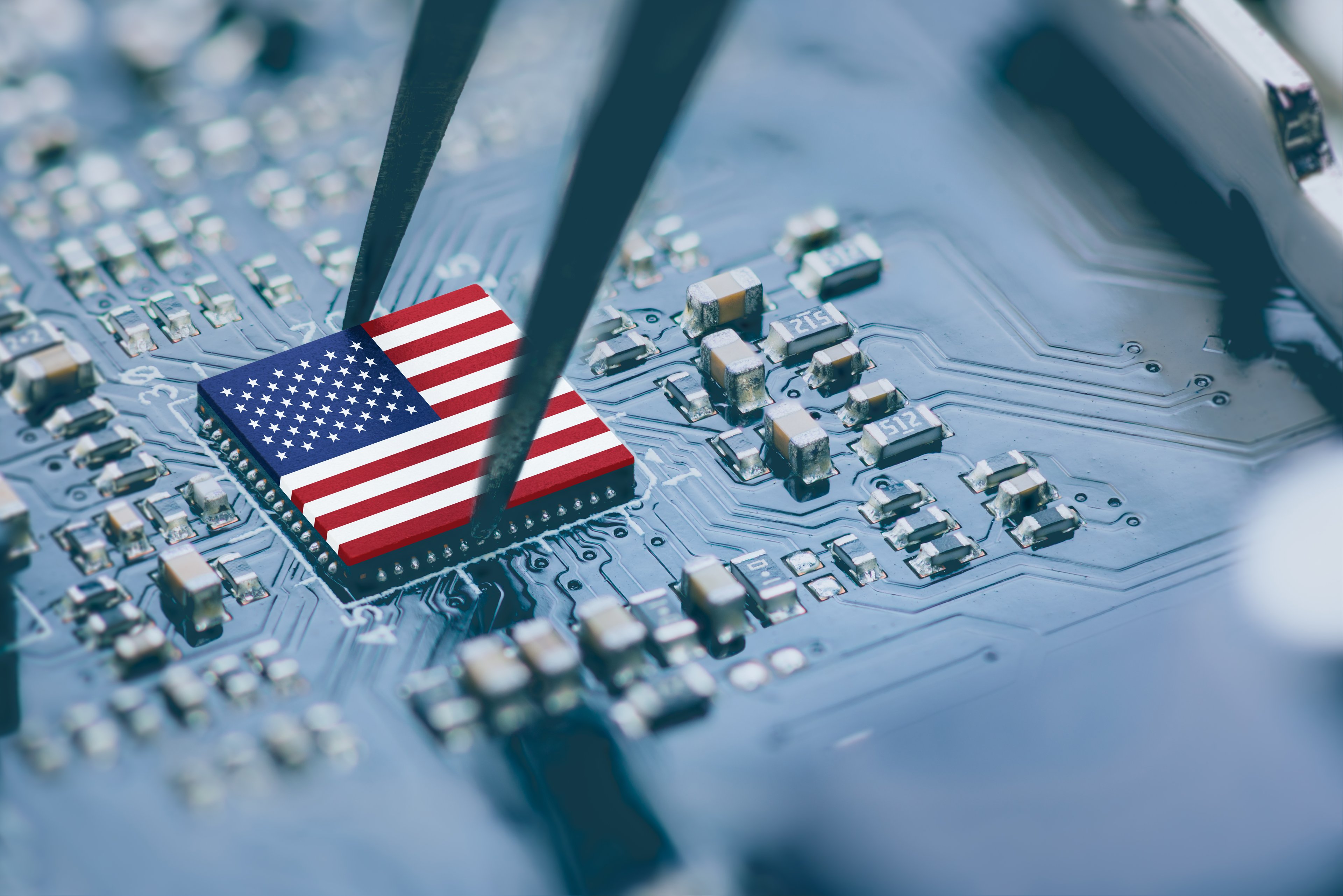You don't have to be the most tech-savvy person out there to know that technology companies are bending over backwards to show how "green" and energy-efficient their products are. A lot of these claims are pure marketing hype, but nonetheless, companies are responding to real demand from consumers and businesses for less power-hungry hardware. It's on that note that NVIDIA's (Nasdaq: NVDA) latest high-end graphics processors, the GeForce GTX 480 and GTX 470, are a strange and disappointing example of old-school gluttony.
Underwhelming numbers
The cards, which are the first ones based on NVIDIA's much-touted Fermi architecture, and the first from the company to support Microsoft's (Nasdaq: MSFT) promising DirectX 11 technology, are easily more power-hungry than competing high-end solutions from Advanced Micro Devices' (NYSE: AMD) ATI division. A benchmark from tech enthusiast site AnandTech has a GTX 480 card consuming 28% more power under load than its closest rival, the ATI division's Radeon 5870; and the GTX 470 consumes 33% more power than its nearest competitor, the Radeon 5850. NVIDIA's cards were also found to run hotter and noisier.
You can argue that gaming enthusiasts might not care a lot about power consumption. But as cheaper Fermi-based cards are offered for the mass market, it's bound to be an issue with both consumers and PC manufacturers. I could easily see Apple (Nasdaq: AAPL), both a major NVIDIA customer and a company that prides itself on building quiet, energy-efficient hardware, having a problem with it.
And while gaming enthusiasts don't always care about power consumption, they definitely care about performance. Here, NVIDIA's cards are also underwhelming: Benchmarks show the GTX 480 and GTX 470 offering fairly modest performance gains over the 5870 and 5850, respectively, while carrying suggested retail prices that are $120 and $90 higher. This both leaves the door open for AMD to completely neutralize NVIDIA's moves with new product releases later in the year, and limits NVIDIA's ability to slash prices on older graphics chips, lest they cannibalize sales of the new stuff.
PC graphics are the weak link
Someone playing devil's advocate might point out that NVIDIA's new graphics processors do excel at handling more general-purpose computing tasks. And while there aren't a lot of PC apps that can take advantage of this feature, it bodes well for the Fermi-based graphics cards that are due out next quarter for the high-margin workstation and supercomputer markets. But that's just the problem.
These days, it seems that NVIDIA is doing well in everything except for the traditional PC graphics market on which it cut its teeth. NVIDIA's ION graphics chips are mounting a strong challenge to Broadcom (Nasdaq: BRCM) in the netbook video-acceleration space. Its Tegra application processors are beating out competing solutions from Texas Instruments (NYSE: TXN) and Samsung to get designed into smartphones, tablets, and other handheld devices. And its Quadro and Tesla cards have managed to dominate the professional graphics space.
But in the good old desktop and notebook PC graphics markets? There, the one-two punch of the ATI division's graphics processors and Intel's (Nasdaq: INTC) integrated offerings continue to give NVIDIA headaches -- according to Jon Peddie Research, NVIDIA's PC graphics share dropped 6.3 percentage points from 2009's first quarter.
And for now at least, it doesn't look like the introduction of Fermi-based graphics cards will offer much in the way of pain relief.










